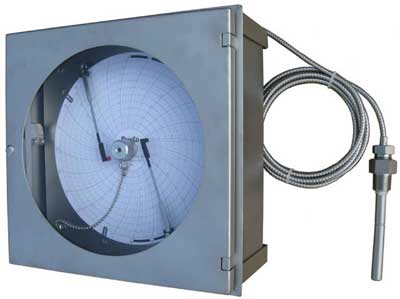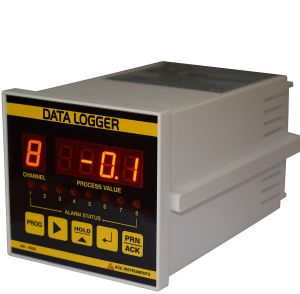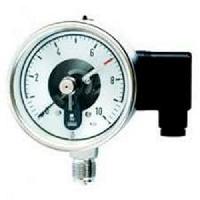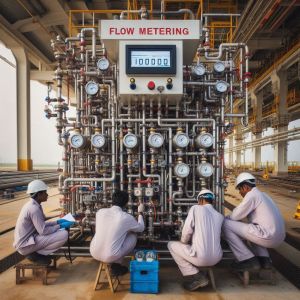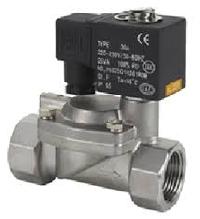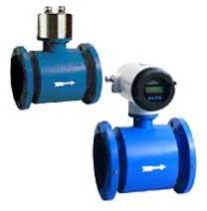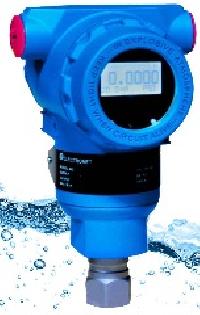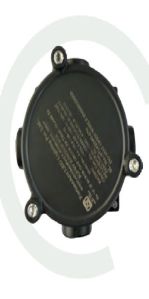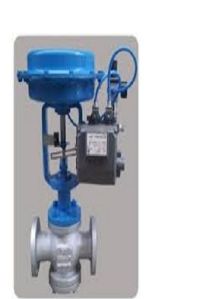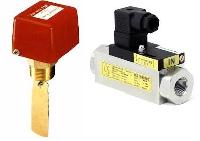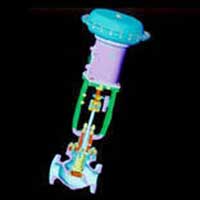| Business Type | Manufacturer, Exporter, Supplier |
| Color | Silver |
| Condition | New |
| Automatic Grade | Automatic |
| Click to view more | |
Product Details
A chart recorder is a mechanical or electronic device that visually tracks and records changes in a variable over time. Traditionally, they used a rotating chart with a pen that marked the value of the variable on the paper as time passed. Modern versions often use digital displays and electronic storage.
Here's a quick rundown of chart recorders with some key specifications to consider:
Function:
· Monitors and records variations in a measured quantity (e.g., temperature, pressure, flow rate) over time.
· Creates a permanent record that can be analyzed later.
Types:
· Mechanical: Uses a pen to draw on a rotating paper chart.
· Electronic: Employs digital displays and electronic data storage.
Specifications (to consider when choosing a chart recorder):
· Input type: The type of signal the recorder can accept (e.g., voltage, current, thermocouple).
· Number of channels: How many variables can be recorded simultaneously.
· Chart speed: How fast the paper chart rotates (mechanical) or how often data is captured (electronic).
· Accuracy: The level of precision in the recorded measurements.
· Chart size: The diameter or width of the paper chart (mechanical).
· Data storage: How data is stored in electronic recorders (e.g., internal memory, SD card).
Applications:
· Industrial processes: Monitoring and recording variables in factories, power plants, and other industrial settings.
· Scientific research: Tracking and analyzing changes in experiments or environmental conditions.
· Weather monitoring: Recording temperature, pressure, and humidity over time.
· Medical applications: Monitoring vital signs like heart rate and blood pressure.
Overall, chart recorders provide a valuable tool for visualizing and recording trends in various applications. By considering the specifications mentioned above, you can choose the right chart recorder for your specific needs.
Additional functionalities:
· Alarm systems: Some chart recorders can be set with alarms to trigger if a measured value exceeds a certain threshold.
· Event markers: Users can manually mark specific events on the chart to correlate them with recorded data (e.g., equipment maintenance performed).
· Communication interfaces: Modern chart recorders may offer interfaces like USB or Ethernet for data transfer to computers for further analysis or storage.
Selection factors beyond specifications:
· Environmental conditions: Consider the operating temperature, humidity, and presence of dust or vibrations where the recorder will be used.
· Power supply: Choose a recorder with a compatible power source (AC/DC) and consider backup options if needed.
· Portability: If the recorder needs to be moved frequently, size and weight might be important factors.
· Cost: Chart recorders can range in price depending on their features and complexity.
Modern vs. Traditional Chart Recorders:
· Traditional (mechanical):
o Offer a simple and reliable way to visualize trends.
o May be limited in data storage and retrieval capabilities.
o Require replacing paper charts regularly.
· Modern (electronic):
o Provide greater flexibility in data storage, analysis, and export.
o Can offer higher accuracy and more channels for recording multiple variables.
o May have a higher initial cost compared to traditional models.
Specialized Applications (specific examples):
· Manufacturing: Recording temperature profiles during heat treatment processes or monitoring pressure fluctuations in hydraulic systems.
· Power Plants: Tracking generator output over time or monitoring critical parameters like boiler temperature and pressure.
· Water Treatment Facilities: Recording chlorine levels or monitoring water flow rates.
· Environmental Monitoring: Tracking air quality data or recording water levels in rivers or lakes.
· Scientific Research and Development: Chart recorders are used to track various parameters in experiments, such as temperature changes during chemical reactions, pressure variations in wind tunnels, or strain gauges measuring forces on materials.
· Medical Applications: In some cases, chart recorders are used to monitor vital signs like heart rate, blood pressure, and respiration during surgeries or intensive care situations.
· Building Automation and HVAC Systems: They can be employed to record temperature, humidity, and energy consumption data in buildings, helping to optimize energy usage and maintain comfortable conditions.
· Data Acquisition Systems (DAQ): Chart recorders can be integrated into DAQ systems for comprehensive data collection and analysis in various scientific, industrial, and environmental monitoring applications.
Advanced Features:
· Data Logging and Analysis: Modern recorders can store data electronically, allowing for later retrieval, analysis, and visualization on computers. Software might be included for data manipulation and generation of reports.
· Multi-channel Recording: Some recorders can handle multiple input signals simultaneously, enabling the tracking of several variables on a single chart or in separate data files. This is useful for analyzing correlations between different parameters.
· Alarm Systems and Event Markers: As mentioned before, these features can be crucial for process monitoring and troubleshooting. Alarms can notify operators of critical situations, while event markers help correlate recorded data with specific events.
· Communication Interfaces: Connectivity options like USB, Ethernet, or Wi-Fi allow for data transfer to computers or cloud storage for remote monitoring and analysis. This is beneficial for centralized data management and real-time access.
· Programmable Functions: Advanced recorders may allow users to program specific chart speeds, data logging intervals, and alarm triggers based on their application needs.
Additional Considerations:
· Regulatory Compliance: In some industries, specific regulations might dictate the type of data recording required. Chart recorders can provide verifiable documentation for audits or safety compliance purposes.
· User Interface and Usability: The ease of use and clarity of the user interface, especially for data retrieval and analysis in electronic recorders, are important factors to consider.
The Future of Chart Recorders: Trends and Innovations
While traditional mechanical chart recorders are still valuable in specific applications, the future of chart recording is undoubtedly with electronic models. Here's a glimpse into some exciting trends and innovations:
Advancements in Digital Technology:
· Enhanced Data Processing and Analysis: Expect more sophisticated software capabilities for data manipulation, filtering, and trend analysis. This will allow users to extract even deeper insights from recorded data.
· Improved Communication and Connectivity: Advanced wireless communication protocols and integration with cloud platforms will enable real-time data access and remote monitoring capabilities.
· Touchscreen Interfaces and User Experience: Intuitive touchscreen interfaces and user-friendly software will make chart recorders even easier to operate and navigate.
Emerging Applications:
· Internet of Things (IoT) Integration: Chart recorders could become part of a larger IoT network, sending data to cloud platforms for real-time monitoring and control of various industrial processes or environmental conditions.
· Big Data and Machine Learning: Integration with big data analytics and machine learning algorithms could allow for predictive maintenance and anomaly detection based on historical data trends.
· Portable and Wearable Devices: Miniaturization and advancements in battery technology could lead to the development of portable and even wearable chart recorders for specialized applications.
Focus on Sustainability:
· Energy Efficiency: Manufacturers are likely to focus on developing energy-efficient chart recorders with features like auto-shutoff and low-power operation.
· Environmentally Friendly Materials: The use of recyclable materials and eco-friendly manufacturing processes will become increasingly important.
Challenges and Considerations:
· Cybersecurity: As chart recorders become more interconnected, robust cybersecurity measures will be essential to protect sensitive data from unauthorized access or manipulation.
· Data Privacy: Regulations and best practices for data privacy will need to be addressed as chart recorders collect and store increasingly detailed information.
· User Training and Expertise: With advanced features, user training and expertise in data analysis might become more critical in some applications.
The future of chart recorders is likely to involve a blend of these trends, making them even more versatile and valuable tools for various data acquisition and monitoring needs. They will offer improved functionality, remote access capabilities, and integration with emerging technologies like IoT and big data analytics. However, addressing cyber security concerns and ensuring responsible data management will be crucial considerations.
Looking for "Chart Recorder" ?
Explore More Products


